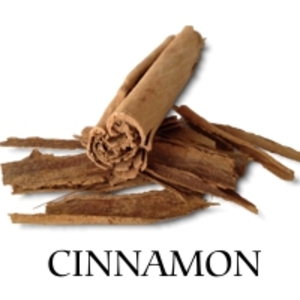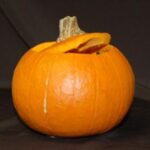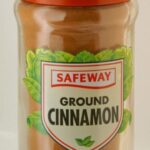In the U.S., we have had the wool pulled over our eyes about cinnamon. What is commonly know in the U.S. as “cinnamon” is actually Cassia (cinnamomum aromaticum). It is a relative of true cinnamon, but it is not the real thing. The rest of the world uses true cinnamon (cinnamomum verum) in their cooking or baking, yet here we are sold something completely different.
I first found out how much difference there was between these two spices when I lived in Guatemala. The cinnamon there tasted very different from what I knew growing up in Ohio. Fruit pie and apple crisp still tasted very good, but it didn’t taste like what I had known. I chalked it up to differences in quality of product or maybe my baking skill was inadequate.
That was back in the 1970s. It wasn’t until much later when I was once again living in the U.S. and tried cooking a Guatemalan dish, Platanos en Mole (Plantains in Mole Sauce), using the cassia available to me in the U.S. that I figured it all out.
The Platanos en Mole dish tasted wrong. At first I couldn’t understand it. I had made this dish many times in Guatemala and had a lot more cooking and baking experience by this time. What was wrong? I started checking into spices in general, with an eye to those things I knew were different, and discovered that we in the U.S. are being marketed a completely different product.
Cassia cinnamon is a very good spice, of course.
I do not—even for a second—propose that we do away with it! What would our apple pies taste like without it? It is what we know best. It is a wonderful spice, worthy of the space in our cupboards. However, I propose that true cinnamon have an equal place.
Cinnamon of either kind is the bark of a tree. The bark is peeled off and dried, curling into what are known as quills and ground into powder. This is where the similarity ends. Cassia quills are very thick curls, strong and sometimes even hard to break. It has a stronger taste, warmer and more potent. There is some very good quality cassia to be found these days. Korintje AA is a lovely spice that will perk up anything you commonly make with cassia cinnamon here.
For my cooking classes, I always take both types of cinnamon: a high quality cassia quill and ground Korintje AA cassia, alongside true cinnamon quills and ground cinnamon. True cinnamon quills are curled and layered together in a tight roll, very thin, and easily crushed. The flavor is lighter and more delicate with a somewhat lemony quality. I set the quills side by side and demonstrate the differences, first breaking a cassia quill with the ensuing loud snap when it breaks. Then I show the cinnamon quill, layered together, and how very easily it breaks and crumbles. With the ground version of each side by side, I ask the class members to smell the two; first the cassia that is the most familiar and then the cinnamon. The startled reactions are quite rewarding when they realize exactly how big of a difference exists between these two spices.
I would liken this situation to before the U.S woke up and smelled really good Arabica coffee. Once we found out about good coffee, the tide turned. I believe this country is in the process of bringing true cinnamon into our cooking. It is found in most any Mexican grocery section these days. Good quality spice shops carry excellent quality cinnamon and also excellent quality cassia. If you want to make any ethnic recipes from anywhere else in the world, or if you just want to become familiar with a new flavor, go for true cinnamon. It’s worth the effort.






